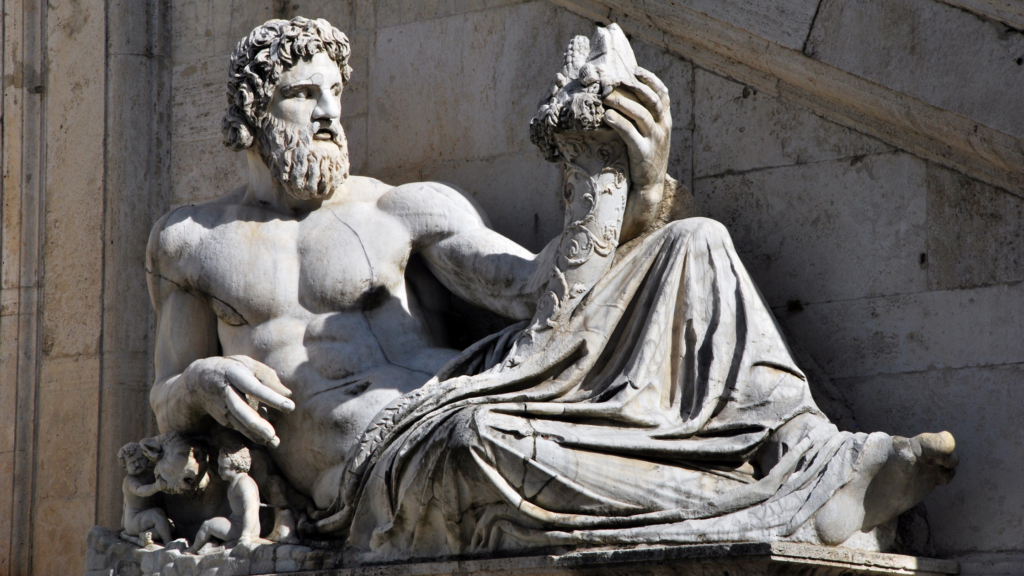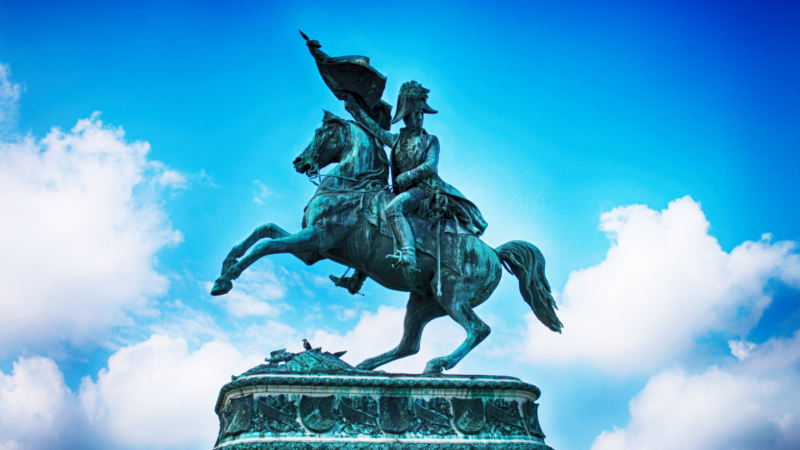Although many of you probably know Napoleon Bonaparte as the first emperor of France and one of the greatest conquerors the world has ever seen, but did you know that he was also an art thief?
International art thief
Some say that looting was just a byproduct of war back in his day, but Napoleon took it to a whole new level. In fact, Napoleon looted for around 18 years straight, from 1797 to the Congress of Vienna in 1814. When the French occupied cities, he made added demands for art works of his choice into the truce agreements.
Obviously, he had great respect for various artists and their incredible creations, but talk about being greedy! No one knows exactly how much art Napoleon actually stole, but it was undoubtedly an immense quantity. Enough to fill the galleries of the Louvre!
Art looting in Italy
In Italy, every city suffered from Napoleon’s art looting. His troops took the Lion of St. Mark, the symbol of Venice and the horses from St. Mark’s Basilica to decorate the Arc de Triomphe.

In Rome they plundered museums and private collections, taking ancient masterpieces like The Dying Gaul and Raphael’s Transfiguration. The Vatican didn’t escape either. Hundreds of manuscripts from the Vatican Library were taken, along with the famed Laocoon sculpture and the Apollo Belvedere. Napoleon even tried to find a way to take The School of Athens from the wall of the Raphael Rooms, luckily without success.

After Waterloo
After Napoleon’s defeat at Waterloo, 5233 works of art were reclaimed, despite resistance from the French. However, there are still many paintings and sculptures Napoleon stole that remain in the Louvre. Sometimes French officials flat out resisted giving them back; sometimes removing items was impractical; but the main problem was that each state had to put in a separate request for the return of their artworks.

Ultimately, this extra request made the process even more complicated and exhausting. Out of the many thousand pieces of art he stole, Napoleon was able to obtain several iconic ones too. For example, the most recognizable piece he stole and didn’t give back was an Italian painting titled “The Wedding Feast at Cana” by Paolo Veronese which can still be seen in the Louvre.
